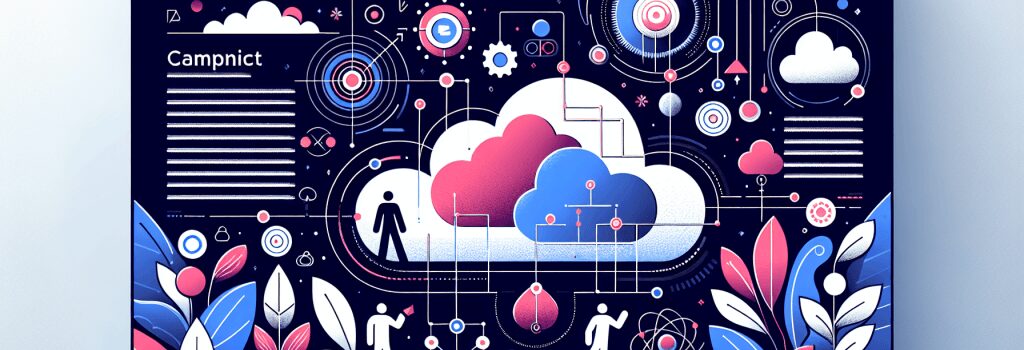The Impact of Cloud Technologies on User Experience

Design Fundamentals: Understanding the Role of Cloud Technologies in Enhancing User Experience (UX)
In the rapidly evolving world of web development, the impact of cloud technologies on user experience (UX) design cannot be overstated. Cloud computing has revolutionized the way developers create, manage, and deliver applications, providing a seamless and interactive experience for users across the globe.
What is Cloud Technology?
Before diving into its impact, it’s essential to understand what cloud technology entails. Cloud technology allows data and applications to be stored and accessed over the internet instead of being confined to a single device or server. This shift has dramatically changed how applications are developed, deployed, and experienced by users.
The Influence of Cloud Technologies on User Experience
Enhanced Performance and Speed
One of the most significant advantages of cloud technologies is the improvement in website and application performance. By leveraging cloud servers, developers can ensure that applications run smoothly, with faster loading times, which is crucial for maintaining user interest and engagement. A positive user experience is closely tied to how quickly users can access content and perform actions on a website or app.
Scalability and Flexibility
Cloud technologies have introduced an unparalleled level of scalability and flexibility in web development. This means that applications can effortlessly manage fluctuations in traffic, providing a consistent user experience during peak and off-peak hours. For businesses, this adaptability ensures that their website or application can grow with their needs, without compromising on performance or user satisfaction.
Reliability and Accessibility
With the advent of cloud computing, users can now access applications and data from anywhere, at any time. This omnipresence enhances the user experience by making it more reliable and convenient. Cloud-based applications are designed to minimize downtime, ensuring that users have uninterrupted access, which is a critical factor in user satisfaction and retention.
Personalization and User-Centric Design
Cloud technologies enable developers to harness the power of data analytics and artificial intelligence to create personalized experiences for users. By analyzing user behavior, preferences, and interaction patterns, applications can cater to the individual needs and interests of users, making the UX more engaging and user-centric.
Security Enhancements
Security is a paramount concern in UX design, and cloud technologies have contributed significantly to making online environments safer for users. Cloud platforms often come with robust security features designed to protect user data from threats and breaches. By ensuring a secure experience, users can trust and feel confident in using a web application, which positively influences their overall experience.
Conclusion
The impact of cloud technologies on user experience is profound and multifaceted. From enhancing performance and scalability to ensuring reliability and personalization, cloud computing has become an indispensable element in modern web development. As businesses and developers continue to harness the power of cloud technologies, users can expect more intuitive, secure, and engaging digital experiences. In the ever-evolving landscape of web development, staying abreast of cloud technology trends is essential for creating applications that meet and exceed user expectations.
By focusing on the integration of cloud technologies in web development, developers can significantly improve the quality of the user experience, laying the foundation for successful and impactful web applications.


